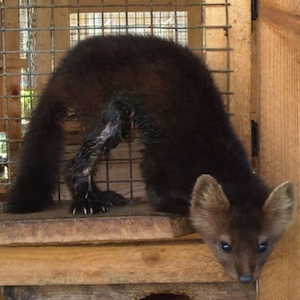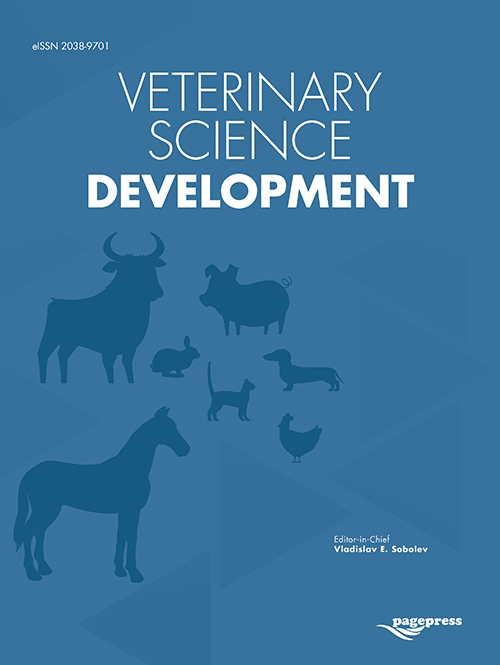Original Articles
Vol. 9 No. 1 (2025)
Pathological findings in ‘wet belly’ in young black sables (Martes zebellina)

Publisher's note
All claims expressed in this article are solely those of the authors and do not necessarily represent those of their affiliated organizations, or those of the publisher, the editors and the reviewers. Any product that may be evaluated in this article or claim that may be made by its manufacturer is not guaranteed or endorsed by the publisher.
All claims expressed in this article are solely those of the authors and do not necessarily represent those of their affiliated organizations, or those of the publisher, the editors and the reviewers. Any product that may be evaluated in this article or claim that may be made by its manufacturer is not guaranteed or endorsed by the publisher.
Received: 20 August 2024
Accepted: 22 May 2025
Accepted: 22 May 2025
78
Views
55
Downloads
2
HTML







